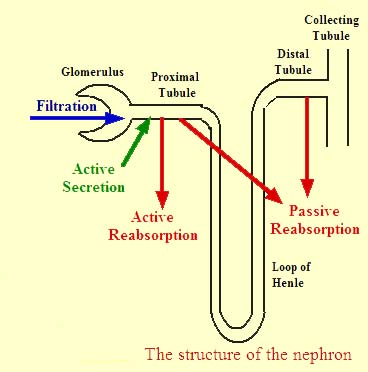-
×
- Module
13-Renal Excretion of drugs - Introduction to pharmacokinetics
- IV administration
- Oral administration
- Steady state concept
- Drug elimination
- Drug pharmacokinetics in renal dysfunction
- Multiple compartment pharmacokinetics
- Nonlinear pharmacokinetics
- Intermittent IV infusions
- Physiological approach to the clearance concept
- Kinetics of the pharmacological effects
- Therapeutic drug monitoring
- Objective
- Introduction
- Introduction
- Mechanisms of urinary excretion of drugs
- Renal excretion rate of drugs
- Renal clearance
- Fraction of the administered dose excreted in urine
- Determination of the Bioavailability from Renal Excretion Data
- Factors affecting the renal excretion rate of drugs Dose, k, and ke
- Summary
- Plot
- Questions

